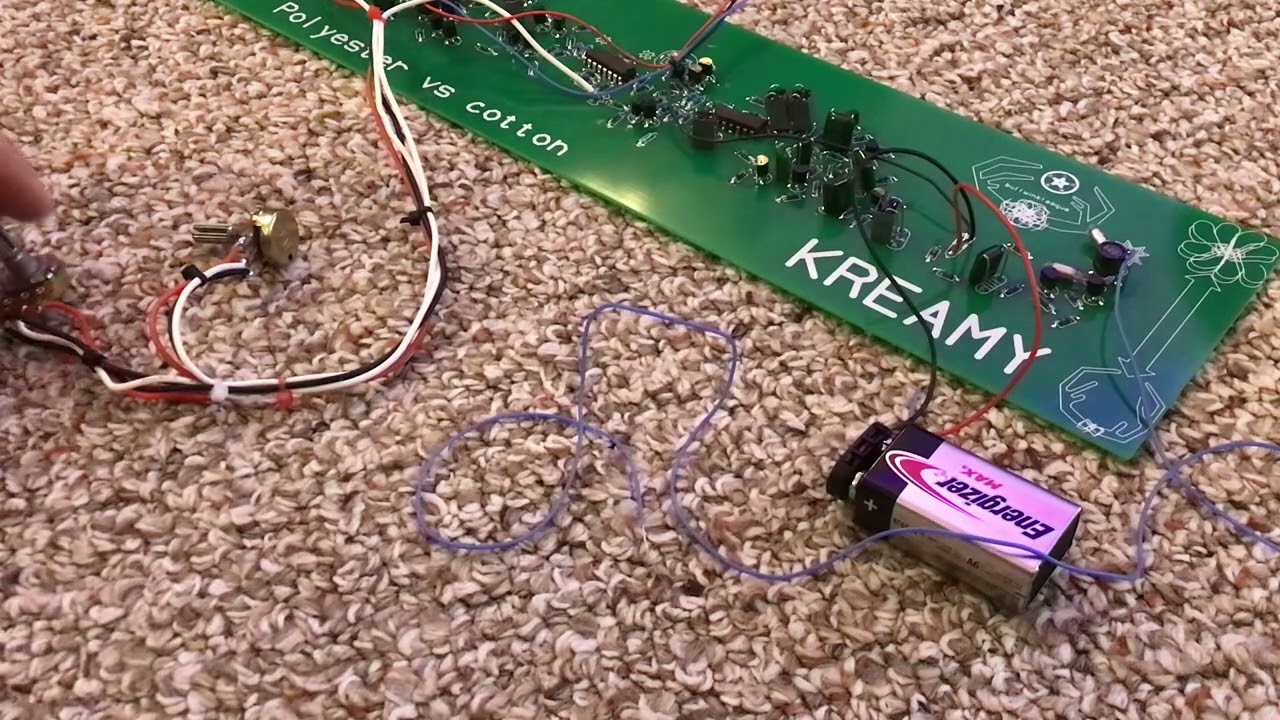Because someone, not pointing any fingers, missed a * reference. ![]()
I just noticed that was post number 5000 in this topic! I mean it’s “My build progress - #5000 by analogoutput”. But the counter on the side says there are only 4698 posts.
Got the tuner working on OLED now, had to learn how to use the PROGMEM as I have apparently mostly forgotten how pointers and direct memory access works since basic C is my 1st year at Uni. The previous issue wasn’t that it was an a it was an α (Greek alpha)! Essentially that was luck, and it was the character you got when I was reading some random spot in flash memory…
Few little notes of things I’ve noticed when poking around and changing things
- Changing the
#defines that are used by the frequency detection toconst intfor typing slows the code down enough to make 440Hz detect at about 60 ish. - The use of
Serialalso appears to have an effect on stability. The higher the baud is the more this seems to apply ie 9600 is mostly okay, 115200 is pretty noticeably, no Serial is best. - The original code was flipping pin 12 as a way to read what was happening on an oscilloscope, this isn’t needed so was removed.
- Pretty sure no one is looking at the clipping LED (as it’s on the board behind the panel) or amplitude detection as well so that could be removed to give more “breathing room” for the interupt code to execute.
- I am really spoilt using C# vs C/C++ for my day job.
codes: GitHub - themaninthesuitcase/Tune-O-Matic-Oled
Forgive the probably awful c++, it’s my first time trying to organise stuff more than just throwing it all into the .ino and I’m still not really sure on how to organise things properly with .cpp/.hpp files.
I’ve had bad problems trying to use the AdaFruit OLED library. Switched to Home · olikraus/u8g2 Wiki · GitHub and haven’t looked back.
It’s been fine for the limited amount I’ve used it, what sort of issues did you see? I’ll have a look at that other one.
It worked fine in the cable tester. Then when I went to use it in the MIDI snooper I could barely get it to function. I think part of it was I was trying to get it to behave like a scrolling terminal. Someone mentioned u8g2 and I discovered it can do that so switching was a no brainer, and I’ve used it since (in a more typical non scrolling mode) for the G.E.A.R. Sequencer and for a clock module I’m working on.
There is some update on the voice card that arrived a few days ago:
I’ll have a go at porting it over as a learning experiance then.
It probably doesn’t have an Instagram account, like me.
Oh, now THAT I could really use! You keep making all of the modules I am looking for ![]()
Very curious about this one too - what’s the chip at the heart of it?
Love seeing a sin in there, how low can it go? I’d love to get some pure analog sin/sin-ish that can do well tracked 30-100hz for some reggae subbass.
finally got the cases done . when open the lid latches to case keeping it stable and you have a place for keyboard .
3’ [ 90 cm ] wide 3 rows Kosmo .
Its sibling module, the Hero VCO, does sines and has an 11 position octave switch — down into LFO territory. I think it tracks quite well all the way up and down.
Thanks for your patience! Hero and Sidekick VCOs
Reminds me of a cat I used to have! ![]()
First day of summer vacation and I had finally time to try out the Fablab in the city center near me. Laser cutter works, next time I’ll try different settings to get darker engravings. And svg:s exported from KiCad have can have lots of invisible extra-objects and lines that confuse the laser cutter, next time I’ll fix the files at home, so I have more time to experiment with the laser cutter itself. But anyway, it’s free to use and even materials for personal use are free. This is based on Urei 545 eq. I could also use CNC machine to make one-sided pcb:s, but I don’t think I’ll manage to make the board design one-sided. I also have more and more unfinished projects, but maybe that’s just part of this hobby…










